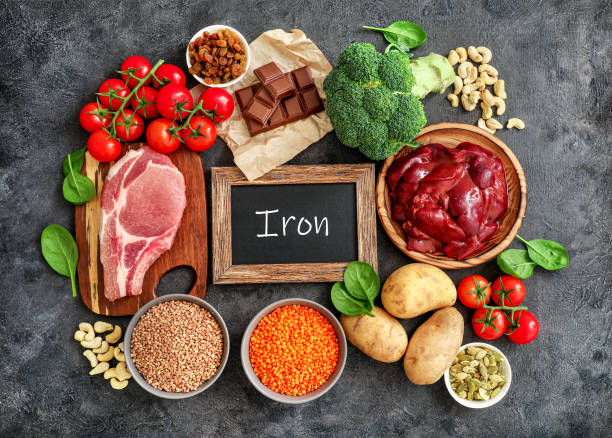The money that was left after selling the only land her family owned to repay loans could only buy them food for about 15-16 days per month. Her father was often on construction sites, and her mother worked in roadside tiffin centers. She would work until evening cleaning vessels and then return home to bring Nila’s 10-year-old younger brother leftovers. Nila’s family survived on this one meal per evening for part of a month before her diagnosis. Her family falls under the category of food insecurity.
When food insecurity occurs, a person cannot afford to eat enough healthy food.
India was ranked 101st out of 116 nations in the 2021 Global Hunger Index Report, as it continues to suffer from poverty, food security, and malnutrition. The State of India’s Environment Report for 2022 estimates that healthy diets are out of reach for over 70% of Indians.
Malnutrition is more likely to occur when food insecurity leads to poor food choices. Primary acute malnutrition is a form of malnutrition that occurs when there is an inadequate supply of food due to social, economic, and environmental factors. It manifests in the form of wasting among children.
Food insecurity can have a negative impact on the cancer treatment process. It can affect the adherence to and completion of cancer treatments. Malnutrition can be caused by cancer, which is often referred to as secondary acute malnutrition.
At the time of diagnosis, approximately 40% of cancer patients in India were malnourished. It is not known what percentage of malnutrition is caused by primary acute malnutrition and what percentage comes from the cancer itself.
We assessed the risk of food insecurity by using the Hunger Vital Sign ™ tool. This tool is widely used and validated amongst recipients of Cuddles’ flagship food aid program, FoodHeals.
According to the HungerVital Sign ™ survey, a high proportion of Cuddles Foundation beneficiaries (82%) faced the risk of food insecurity the year prior to receiving monthly ration packages from Cuddles Foundation. This would have occurred even before cancer diagnosis.
Further investigation revealed that people either sold livestock sought the help of family or friends, took on multiple jobs without taking a break, bought low-quality and cheap pantry staples, or had just one meal per day. Several respondents said that they were given the adult portion of food, which meant adults missed their meals.
Cuddles Foundation, based on these findings, recommends that all pediatric cancer centers should include food insecurity screening as a mandatory part of their protocols. This will allow us to identify children who have pre-existing malnutrition or nutrient deficiencies and provide them with the necessary nutritional interventions at an early stage. This screening will also help patients and caregivers connect with food assistance programs, such as ONORC.
All of these initiatives will contribute to a system in which all children with cancer regularly have access to nutritious food, and that works to increase adherence to the treatment and improve outcomes.
The screening centers will help to link families eligible for food assistance with government and non-government programs as soon as possible. Some of the government food assistance programs under the National Food Security Act 2013 include the One Nation One Ration Card, Poshan Abhiyaan, and Midday Meal Scheme.
Food insecurity has a profound impact on human health. Food insecurity and the malnutrition that results from it can compromise the chances of survival of cancer patients in India. They are at greater risk of infection and other treatment-related toxicities. Food insecurity screening can help connect children with cancer to resources to ensure they have regular and timely access to nutritious food. Access to healthy, adequate food can improve treatment outcomes.

